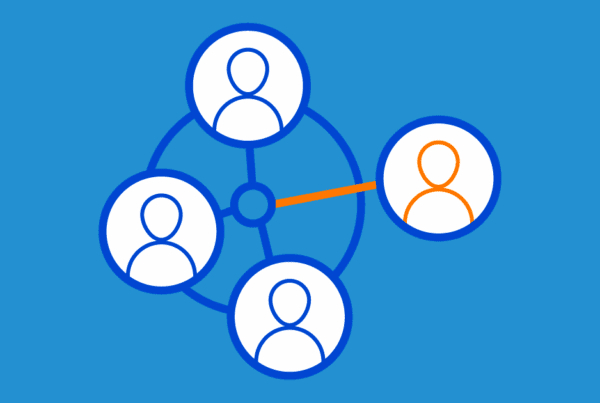
“Okay, Boomer.”
In 2018, young people coined that succinct phrase to make clear they wanted to separate themselves from their older counterparts. The well-known phrase created to mock baby boomers’ “traditional” ways swept social media, and not long after, the largest generational divide began to brew between younger generations and their older counterparts.
This divide goes well beyond pop culture; one of the biggest stages for the showdown occurred in the everyday workplace. For decades, the baby boomer and Gen X generations have ruled management and executive suites in the corporate world, maintaining the 9-5 workday and the rigid rules that go with it.
Enter millennial and Gen Z workers. They’re younger, grew up alongside the birth of the internet, and have a completely different perspective on how working should be done. Well before the global pandemic, millennials were beginning to join management and executive spots, slowly replacing boomer leadership and adding their own spin on the workplace. Now that we are living with COVID for the foreseeable future, our new world hails remote work and flexibility. This change means young workers finally have a great chance at shaping the future of work their way- but boomers haven’t fully given up the struggle.
As of 2020, LinkedIn found the workforce spans across four generations, with Gen Z making up 10 percent of the workforce, millennials at 40 percent, Gen Xers at 33 percent, and baby boomers bringing up the rear as 15 percent of the workforce. Juggling a multi-generational workforce is no easy feat- especially when their views on working differ so greatly. For leadership, this means balancing the needs of both sides while working to solve issues that arise from shifts in power from one generation to the next. But for the workforce, it means the speed of change and the struggle for more independence in the workplace isn’t yet over.
Here’s what to expect.
Millennials are the new leaders in the workplace
In 2016, millennials already accounted for 35 percent of the workforce, and by 2025, that’s projected to increase to 75 percent. Since they began to enter the workplace as entry-level employees, millennials have been stirring things up, questioning the old philosophy of “we’ve always done it this way.”
From challenging the traditional workday to the argument of flexibility in the workplace, the old way of doing things is changing, and younger generations are the source of it. As more enter leadership positions, the workplace is guaranteed to look different than it did just a few years ago.
Currently, 62 percent of millennials say they manage direct reports, giving this generation a clear influence on the way we work. And they’re not just shaking up things age-wise: Deloitte found that 78 percent of millennials believe that companies should have a responsibility of helping build a better world, bringing these values into workplace leadership, challenging traditional, decades-old beliefs that the company comes first.
Gen Zers are thrilled to work with younger leaders who are more relatable and exhibit empathy. In 2019, SHRM found that one in three members of Generation Z feels motivated to work hard and stay with a company if supervised by a supportive manager, making it easier to communicate when they feel heard. A survey conducted by Newswire found that 90 percent of Gen Z workers want a human element when it comes to interactions with their coworkers, and noted that mutual respect, gratitude, and recognition between coworkers and leadership are necessary for Gen Zers entering the workplace.
Considering how millennial workplace values align with Gen Zers’, their preference for leadership continues to trend more toward millennials rather than boomers. Gen Z connects with the millennial ways of newer leadership styles that include empathy and respect, defying tradition, and driving the wedge between younger and older generations even deeper.
Meanwhile, baby boomers are beginning to retire, with the global pandemic accelerating this trend. In 2020’s third quarter, 28.6 million boomers retired, due to large layoffs from the pandemic. As of June 2021, 55 percent of unemployed workers who are 55 or older have been jobless for more than six months, compared with 36 percent for all other working age groups combined. And once you’re out of the job market for a while, it’s much harder to break back into it, especially for older workers who are close to retirement.
With the shift in generations happening so quickly, the way we work has already begun to change, revealing what the workforce will look like for the future. In a 2020 study by Gensler, 75 percent of millennials would rather work from home than in an office. In a similar UK study conducted in 2019, we see that flexibility was already on worker’s minds before the pandemic started, with 92 percent identifying flexibility as a top priority when they’re job hunting.
Already, we are witnessing an overhaul of the traditional workday, not only due to millennial desires but also due to younger leaders understanding what type of workplace will continue to bring in new talent to their company.
The evolution of the workforce
Instead of going to the office, the majority of workers now simply walk into their kitchen and turn on their laptop. Rather than attend meetings in large conference rooms, workers can simply log into Zoom to collaborate with team members.
And if you think the workplace is done changing, you’re wrong- by 2025, it is estimated that one in four Americans will be working remotely, meaning the office will have little to no place in the working world. Not only is the location of work changing, but workers themselves are also changing, as well. Experiencing remote work and flexibility for the first time ever for most workers has changed the mindset toward work as being something you do, rather than a place you go.
Millennial and Gen Z workers are at the forefront of this change. Pre-COVID, a 2019 Indeed study found that 52 percent of workers were already feeling burned out, and 67 percent believe this feeling has worsened due to the pandemic. But although the pandemic promoted burnout and stress, it also opened the door for workers to push for the flexibility they deserve to maintain their mental health.
In 2020, an Intuition study reflected this change in thought. They found that workers would now choose to spend 40 percent of their time working from home if they can, and 62 percent of employees now expect their employers will allow them to work remotely moving forward; demonstrating the transformation of thought surrounding personal well-being workers know they deserve.
Millennials and Gen Zers grew up watching their parents head to their job bright and early every day, and eventually witnessing the inevitable burnout of working within a strict corporate setting- and they don’t want it. With their foot already in the door of flexibility in 2020, they’re looking to make it a permanent staple in company cultures. 70 percent of Americans place greater importance on benefits and corporate culture than on salaries, a 2021 study found, revealing they’re willing to lead career decisions with their own wellbeing in mind; a stark change from their parents.
A fear of leadership
The divide between younger generations (millennials and Gen Z) and older counterparts (baby boomers and Gen Xers) over workplace values is clear, and keeping mature workers satisfied in a workplace that is vastly different from tradition is a challenge that millennials in leadership positions are scrambling to figure out.
Baby boomers reinforced to their children that being in a leadership or executive position was the ultimate prize, yet quickly, younger generations are realizing the grass isn’t always greener on the other side. Burnout, reinforced by the global pandemic, has not only swept workers but leaders as well. Although leadership positions are held to such high esteem, in a recent study 20 percent of millennials don’t want to hold leadership positions, and another 2021 study revealed 58 percent of Gen Z respondents said stress was the biggest reason leadership positions are undesirable to them. percent of millennials noted that they do not even feel prepared to lead.
As the world has watched the pandemic put the pressure on leaders to make large decisions, younger workers watching don’t want a taste of the limelight.
With burnout exaggerated by the pandemic and rampant amongst the workforce, the hesitancy millennials now feel toward leadership will begin to affect the workforce top-down. As brave, younger trailblazers are handed the torch from boomers they’ll bring a fresh perspective on culture and mental wellbeing, trying to prevent the burnout they’ve felt themselves from presenting in their own team. These shifts will not only have an impact on future leadership, but also how leaders treat burnout from their own experiences and use these to change work styles to be more beneficial regarding work-life balance for future generations.
Every generation is vital to the workforce and has its own unique set of skills to offer their counterparts. The rise of millennials into leadership positions is a shock to the existing workforce but will bring a much needed shift in perspective toward worker wellbeing that will benefit generations to come.

FlexTal is the #1 flexible talent matching platform. Every day, we match organizations with pro-level independent contractors for flexible hourly and project-based engagements. Match with the Right Pro, Right Now.



